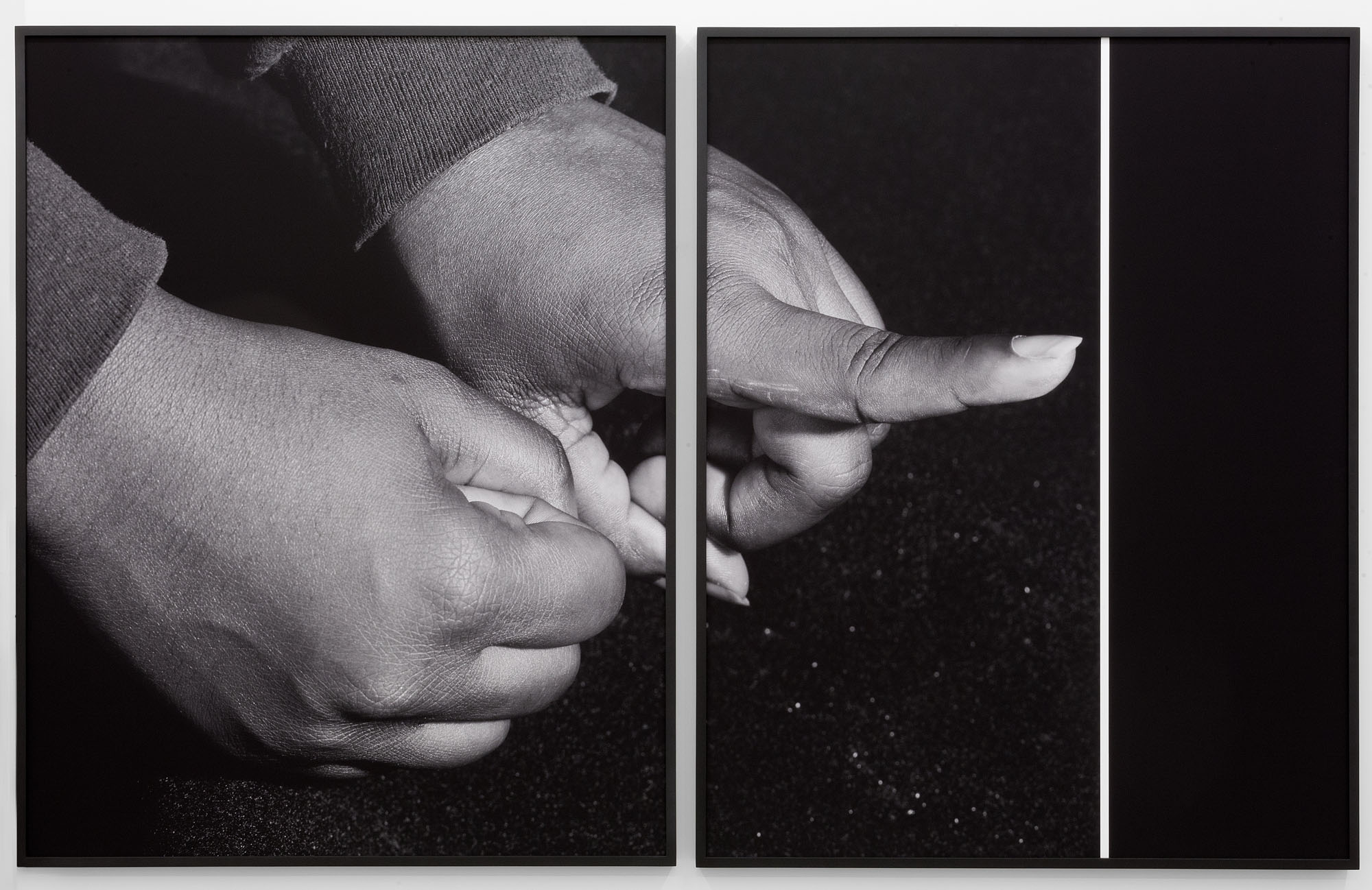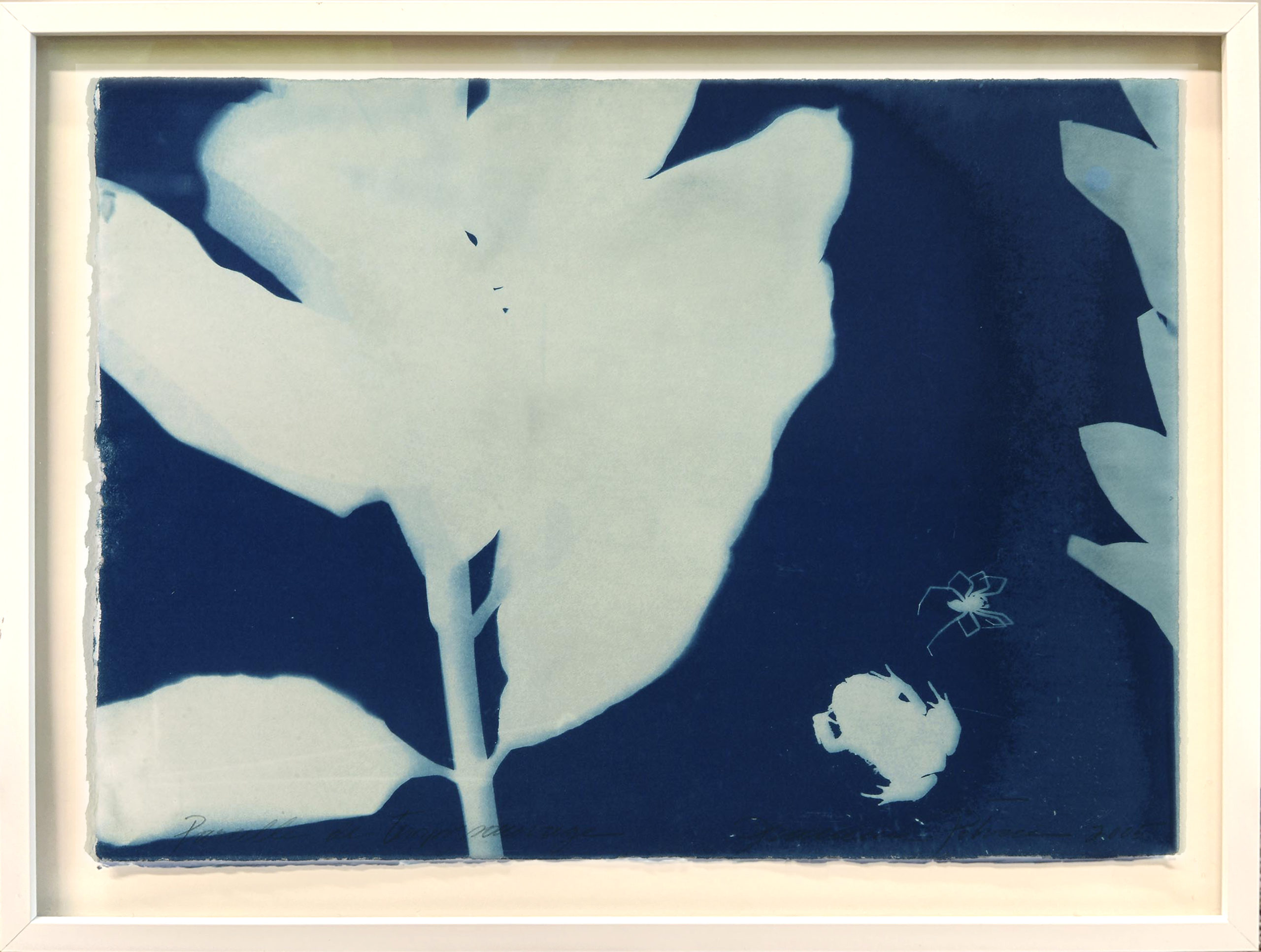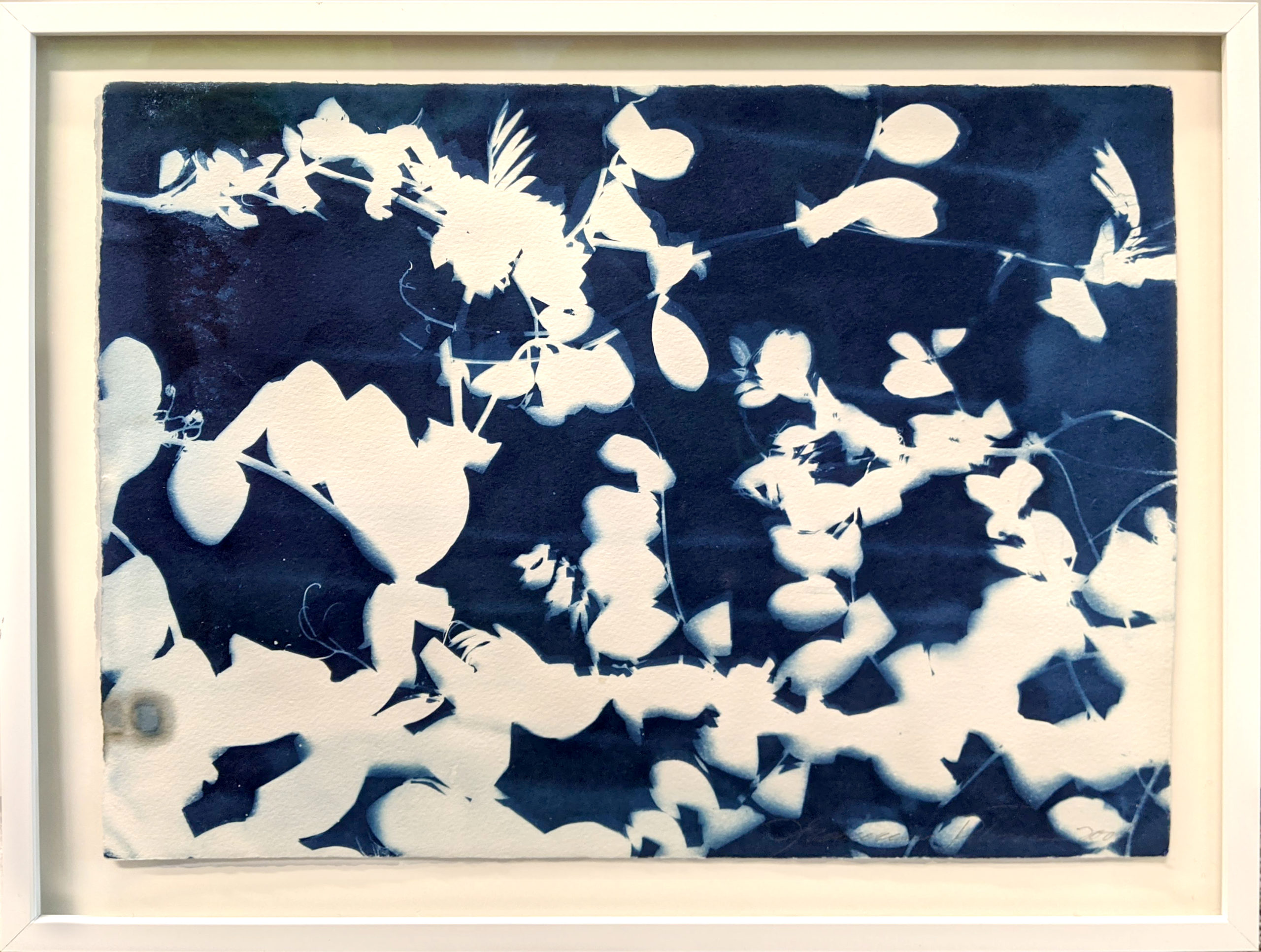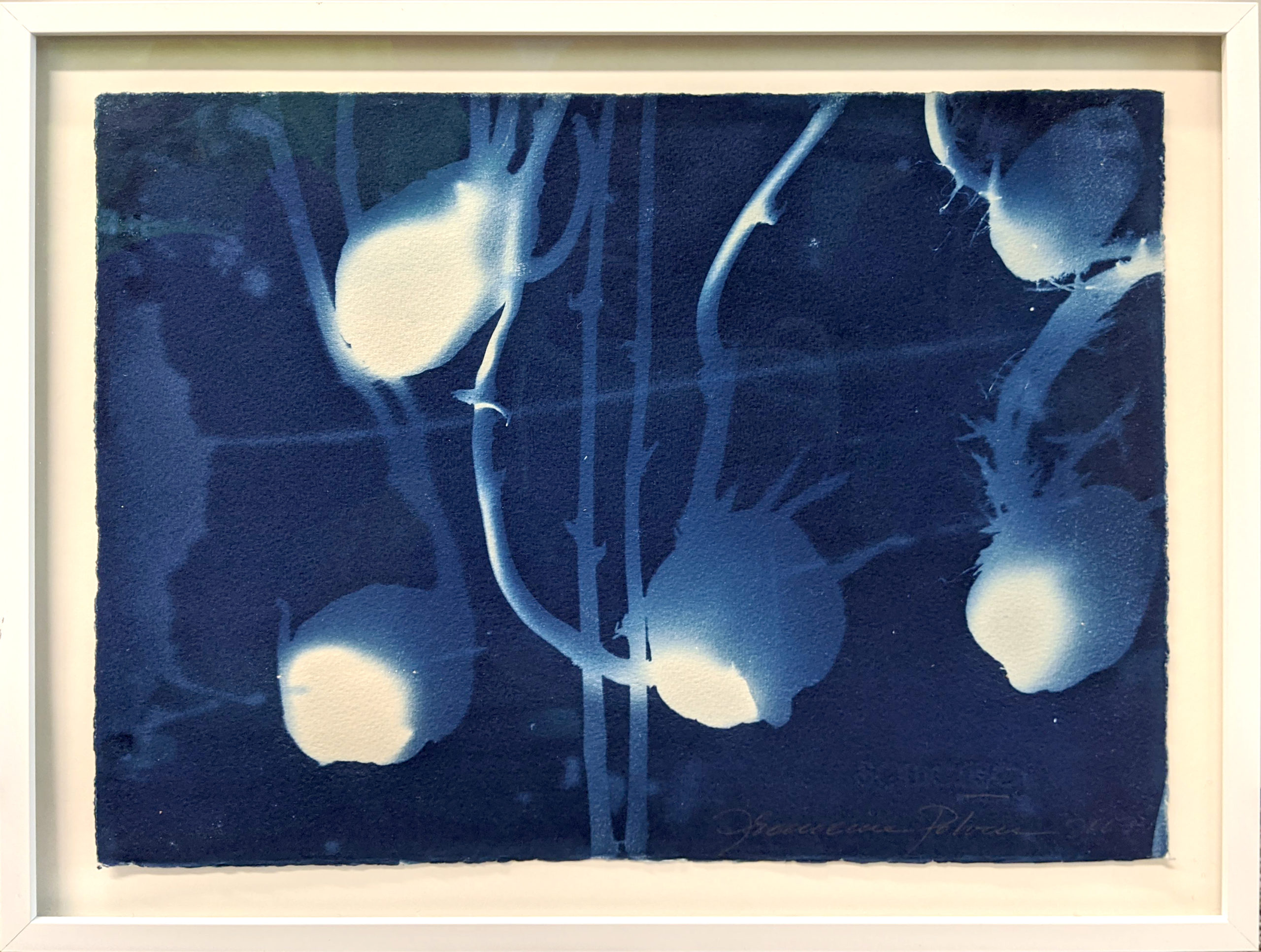
© Amalie Atkins (b. 1975, Winnipeg, Manitoba)
Huddle
2017
Photograph, 129.5 cm x 104 cm x 4.9 cm
Global Affairs Canada Visual Art Collection 2018.5.1
Saskatoon-based artist Amalie Atkins earned a Bachelor of Fine Arts degree from the Alberta College of Art and Design (Calgary) in 2001. Through a blend of film, textiles, installations, performance and photography, Atkins creates otherworldly tableaux exploring themes of female family and social bonds in the ritual of everyday life.
This image is a still from the film project Where the Hour Floats, inspired by a poem of the same title by Winnipeg-born poet Jennifer Still. In this work, Atkins assembles young folk dancers in traditional garb on a large mound of black soil, emblematic of the waves of early 20th century immigration to the Canadian Prairies by Mennonite and Doukhobor pacifists.















